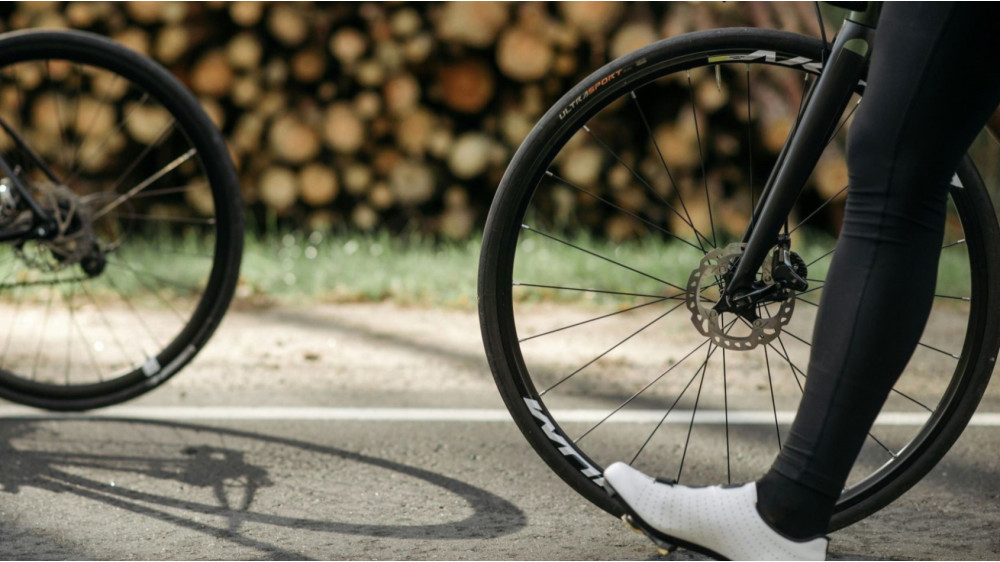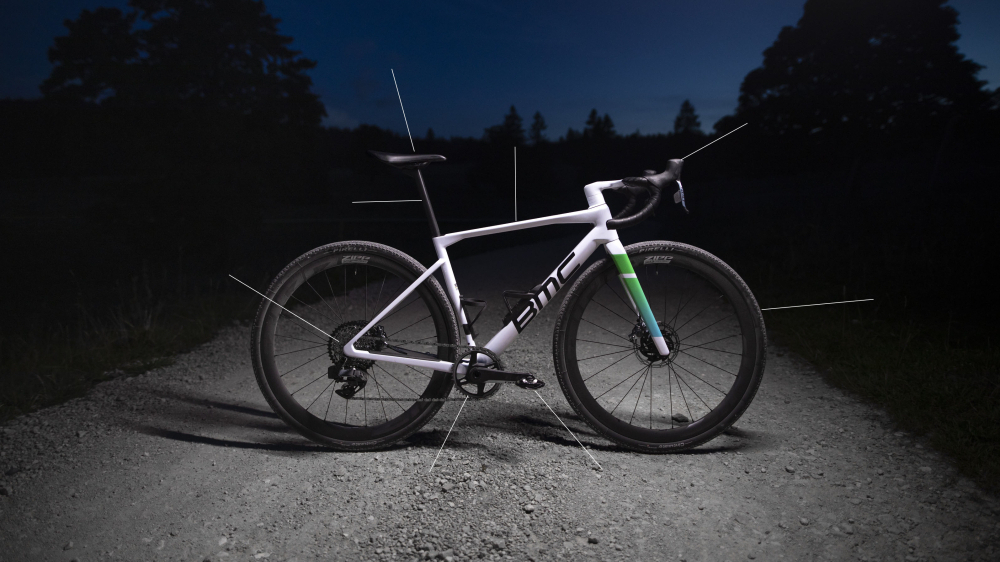A well-maintained chain ensures smooth cycling without interruptions or surprises. To avoid an unpleasant ride due to a dropping or squeaking chain, it is essential to maintain it properly: clean it regularly, lubricate it, and shorten or replace it when necessary.
In this comprehensive bike chain guide, you'll learn how to maintain it for a noise-free, smooth ride, enjoy easy pedaling, and protect other parts from early wear.
Bicycle chains - detailed guide and tips
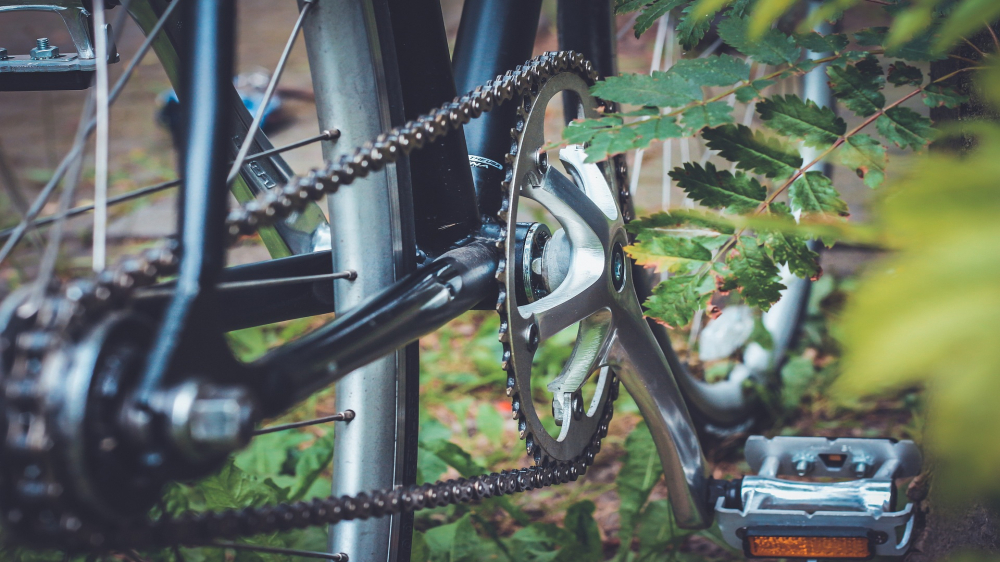
 Vytautas Kaupas
Vytautas Kaupas
Bike Chain Maintenance
Although bike chain maintenance does not require specific knowledge, regular technical care of this part is essential. Familiarize yourself with the main factors that ensure chain longevity:
- Cleaning. Dirt on the bike chain can be drawn into the rear derailleurs, reducing riding efficiency and accelerating wear.
- Lubrication. A properly lubricated chain will reduce friction in the gear systems. A thin layer of oil will protect in the summer, while waterproof oil is suitable for riding in more challenging weather conditions. A cleaned and lubricated chain will allow you to pedal quietly and smoothly.
- Protection. To additionally protect the chain from external factors such as water, snow, salt, or pollutants that promote wear, an external chain cover will help.
- Tension. Over time, the chain stretches, increasing the chances of it falling off the bike. Ensure that the links are not too worn or damaged; you can tighten the chain yourself or consult professionals who have the necessary tools.
- Replacement. Timely chain replacement protects the bike's drivetrain components – rear derailleurs, cassettes, and chainrings – whose replacement would require significant additional costs.
Cleaning the Bike Chain
You can easily clean your bike chain using a cleaner, a cloth or chain cleaning brush. Follow these three simple steps:
- Degrease the chain with a cleaner-soaked cloth. Wrap the cloth around the chain and turn the pedals to move it. This will remove the dirt. If the chain is very dirty, you can skip this step and soak it in warm water with diluted cleaner.
- Clean until the chain is completely clean. Repeat the process with a new cloth soaked in bike chain cleaner if needed.
- Lubricate the chain. Carefully apply bike chain oil to ensure smooth operation and reduce wear after cleaning.
How Often to Clean the Bike Chain?
Rust or squeaking will remind you to clean the chain. However, for those who want to preserve bike parts, we recommend preventive care. If you ride in dry weather conditions and do not notice dirt on the chain, you can maintain your bike by cleaning the chain once a week or less. However, if you use thick chain oil and ride in muddy or wet conditions, such as mountain biking, it is advisable to clean the chain more often. Be especially attentive to cleaning the chain if it could have been exposed to sand.
Cleaner
Every bike owner will find the most convenient way to clean the bike chain. Choose a chain cleaner based on the method you find most convenient.
The most important thing is to choose a cleaner specifically designed for this purpose, which effectively removes grease and dirt. The most popular choice is a cleaner with a brush or a chain cleaning device that will allow you to clean the chain quickly and easily. You can also buy specially designed wipes for chain cleaning, which will remove a large amount of dirt with the scrubbing side and take care of the parts' shine with the polishing side.
Bike Chain Lubricant
After cleaning the bike chain, lubricate it with high-quality oil, which reduces friction between the chain and gear components, improves gear shifting, protects against corrosion, and slows down the wear process.
Buy lubricant considering the weather conditions, riding frequency, and terrain type. For wet conditions, use thicker, water-resistant oil, for dry weather choose a thinner oil. For constantly changing climates, buy a universal wax suitable for all weather conditions.
External Protection
An external chain cover is an additional measure to avoid direct dirt, water, salts, and other road debris. The bike's external cover is particularly useful when cycling in the city as it not only extends the chain's lifespan, reduces the need for frequent cleaning and maintenance but also protects your clothes from potential staining if they come into contact with the chain.
Choose a cover that fits your bike model. The cover should be made of durable material (plastic, neoprene, rubber) and be easy to install so that you can regularly check and take care of your bike chain.
Installation
The bike chain is a modifiable part that you can replace or shorten as needed. With the right tools, you can perform all these installation tasks yourself or entrust your bike to professionals who will advise you on the best way to maintain the chain.
When to Replace the Bike Chain?
Replace the bike chain when there are signs of wear, difficulties in pedaling, or the chain gauge shows 0.5–0.75% wear. You can also replace it when the mileage exceeds 3000 kilometers, considering technical maintenance, weather conditions, lubrication, and more.
How to Properly Replace the Bike Chain?
Although installing a bike chain requires effort and precision, you can do it yourself:
- Remove the old chain. Use a removal tool or a chain key.
- Thread the chain through the front chainring and rear cassette. If your bike has a derailleur, thread the chain through it.
- Connect the chain ends with a link.
- Adjust the tension. Shift to the largest chainring in the front and the largest cog in the back – this combination should work without tension.
- Lubricate the chain. Use a lubricant suitable for your chain and weather conditions and remove any excess product.
- Do a test ride. Ensure that the chain shifts smoothly through the gears and does not cause tension or alignment problems.
If you need help, our professionals at the bike service are ready to assist you and replace the bike chain quickly and professionally.
How to Tighten the Bike Chain?
To tighten the bike chain, loosen the rear derailleur bolts. Then adjust the position so that the chain is properly tensioned (with a little slack). Ensure the system is properly aligned and finally – tighten the bolts.
How to Shorten the Bike Chain?
To shorten the bike chain, push out the pin at the desired link. Then, connect the two loose ends using a master link or connector.
Why Does the Bike Chain Fall Off?
The bike chain can fall off for various reasons, but the most common are:
- Worn bike components. A poorly maintained chain, worn cassette, or chainrings may not mesh well, causing the chain to slip.
- Incorrect tension. The chain can fall off due to being too loose or too tight.
- Poor maintenance. Improper chain maintenance can lead to rust or dirt buildup, causing the chain to fall off and jam more frequently.
- Chain too long. When the chain is too long, the derailleur cannot handle the extra length, causing the chain to slip off easily.
A well-maintained bike chain ensures the longevity of bike parts, allowing you to enjoy pleasant rides longer. Therefore, it is crucial to clean the chain regularly, lubricate it with bike chain oil, and address any issues promptly to avoid additional costs from delayed repairs.
Finally, we recommend choosing from reputable manufacturers – KMC, Shimano, or SRAM – known for their quality and durable bike groupsets and chains.

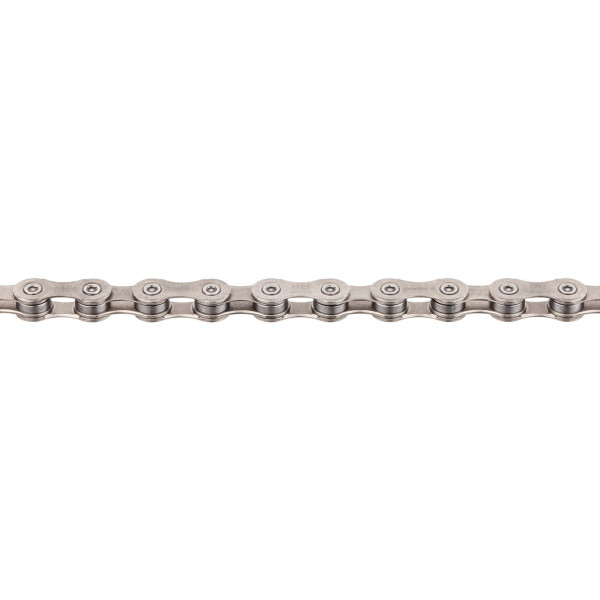
-600x600.jpg)
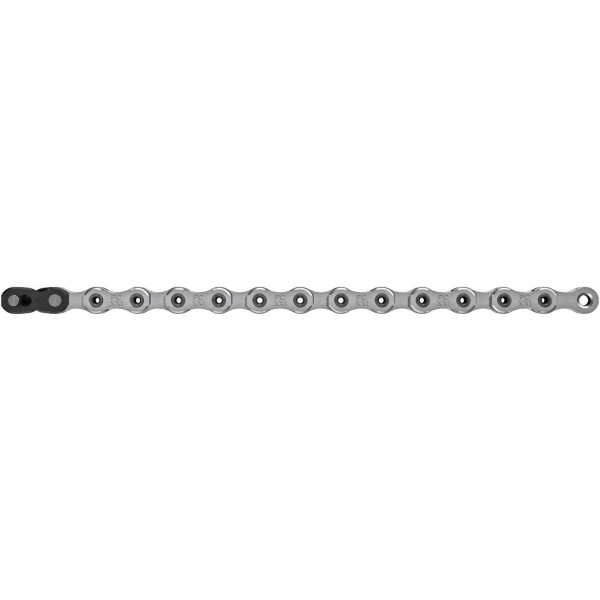
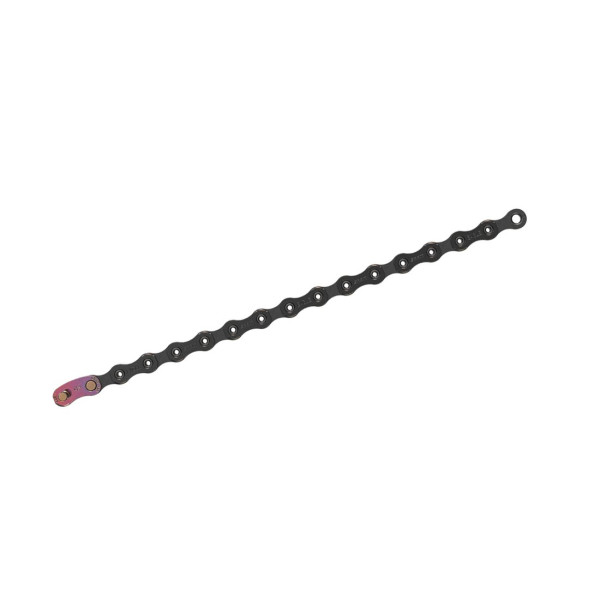
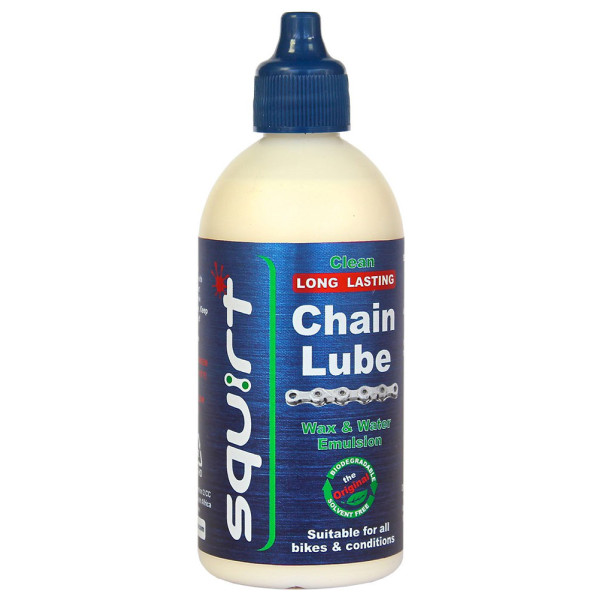
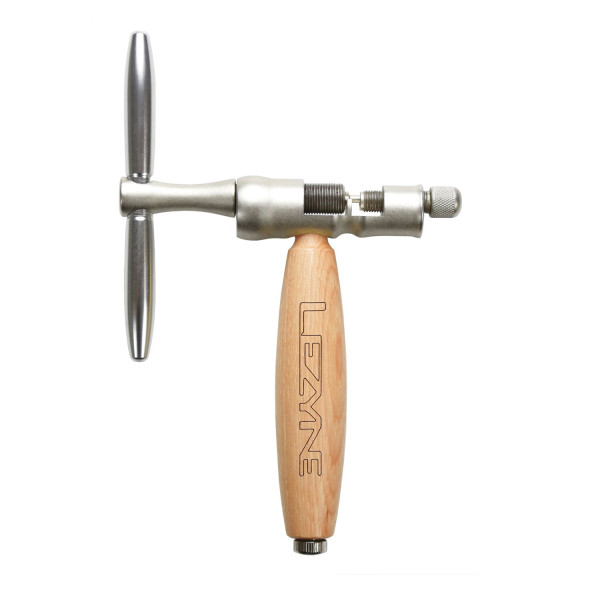
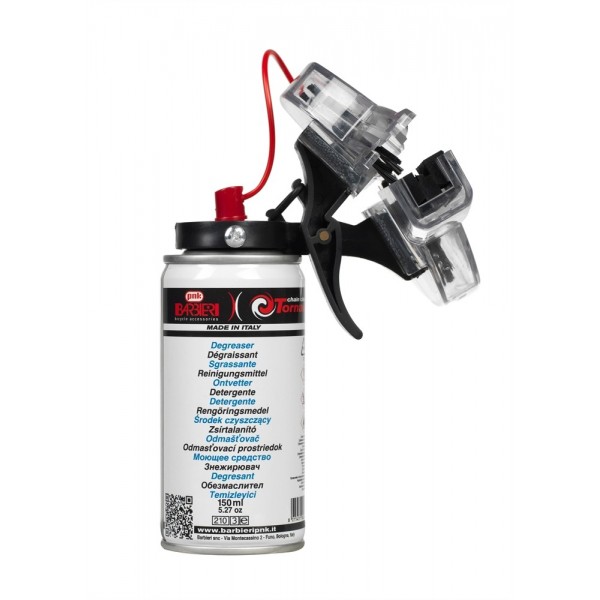

-1000x562.jpg)
